Surely only a double-act of the stature of Philippe de Montebello, the director of the Metropolitan Museum of Art from 1977 to 2008 but also a colossus of the art world more generally, and Martin Gayford, the eminent critic who has doubled as the recording angel of the pensées of Lucian Freud and David Hockney, could have sold the idea of producing a record of conversations about looking at works of art to a publisher. As Gayford succinctly puts it:
Philippe and I had embarked on a joint project: to meet in various places as opportunities presented themselves in the course of our travels. Our idea was to make a book that was neither art history nor art criticism but an experiment in shared appreciation. It is, in other words, an attempt to get at not history or theory but the actual experience of looking at art: what it feels like on a particular occasion, which is of course the only way any of us can ever look at anything.
On the face of it, and even allowing for the heroic wielding of the blue pencil that must have taken place, the potential for such an enterprise to lapse into self-indulgent meandering is almost limitless. It is a minor miracle, therefore, that this is such an absorbing read, which should prove to be of just as much interest to the general reader as to the insider.
At times, one may be forgiven for feeling that there is too much scene-setting and too much about Mr de Montebello’s aching back. Similarly, the art history is occasionally unreliable, and the pre-restoration illustration of one of the frescoes in the Brancacci Chapel is unforgivable — but these disappointments are trivial when set against the book’s unique merits.
The attempt to capture the experience of looking is intriguing, but in truth it could have been undertaken by all sorts of people. Conversely, what makes these conversations so valuable is the fact that they give us something we will never otherwise have — a kind of covert autobiography of Philippe de Montebello, combined with his response to art. The reminiscences of his various mentors in New York such as Charles Sterling and Ted Rousseau, of Harold Acton descending from the Villa La Pietra in his chauffeur-driven car during the Florentine flood of 1966 and then bursting into tears in front of Donatello’s ‘Magdalene’, ‘black with mud up to about the level of her hands’, are compelling.
So are his enthusiasms: they include such old favourites as Poussin’s ‘Inspiration of the Poet’, which evokes one of the book’s most moving passages, but also unconsidered trifles — notably the ‘New Kingdom Fragment of a Queen’s Face’ in the Met itself, with which the book opens, and to which I will be making a bee-line on my next visit to New York. Almost inevitably, the teasingly heretical blind spots — Rembrandt in general and Hals’s ‘Laughing Cavalier’ in particular (‘I’m happy after 25 seconds, but I won’t be that much happier if I give it a whole minute’) — are even more enjoyable.
By chance, the book I was reading when this one arrived was Boswell’s London Journal, which — as well as having so much else to offer — is the contemporary record of his first meetings with Dr Johnson. Perhaps for that reason it seems important to underline the fact that Gayford — like Boswell before him — is so much more than a mere
sounding-board for the obiter dicta of a great man. A nice case in point is the dialogue in front of Raphael’s ‘Madonna della Sedia’ in the Pitti in Florence, where, if anything, Gayford takes the lead.
Should de Montebello and Gayford be plotting an encore, then I have a couple of simple requests or suggestions. One concerns the range of works of art selected, which here are almost all old master paintings with a smattering of antiquities, which latter arguably bring out the best in de Montebello. I could have done with more sculpture, the odd drawing, and also some 20th- and even 21st-century art.
The other regret concerns the fact that the works discussed invariably seem to be old friends, at least as far as de Montebello is concerned, and yet we all know — or ought to — that one of the greatest thrills left to us is seeing masterpieces for the first time; and even he must have got a little list of the ones that — so far — have got away.
Got something to add? Join the discussion and comment below.
Get 10 issues for just $10
Subscribe to The Spectator Australia today for the next 10 magazine issues, plus full online access, for just $10.
Available from the Spectator Bookshop, £15.95, Tel: 08430 600033
You might disagree with half of it, but you’ll enjoy reading all of it. Try your first month for free, then just $2 a week for the remainder of your first year.

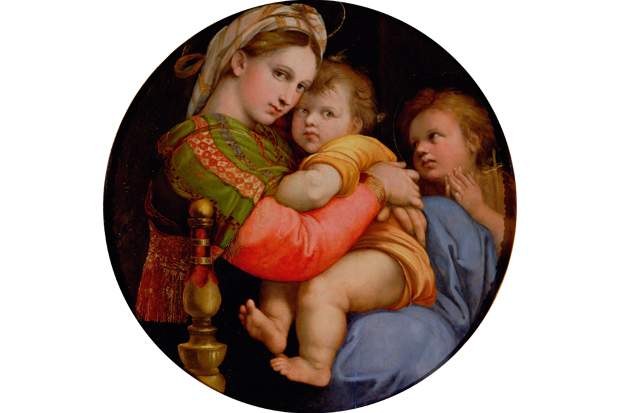
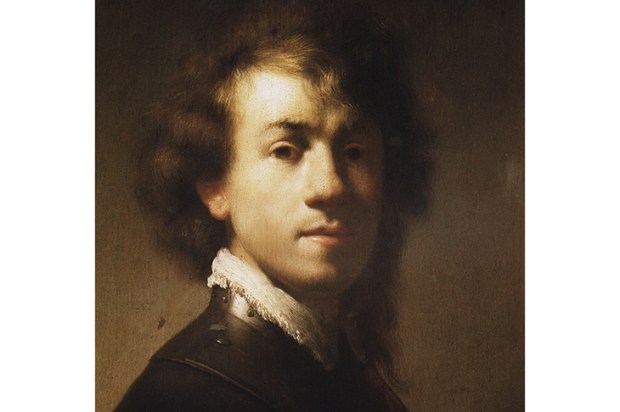
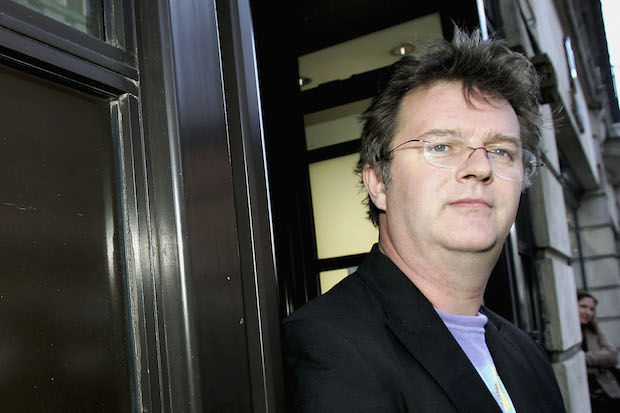

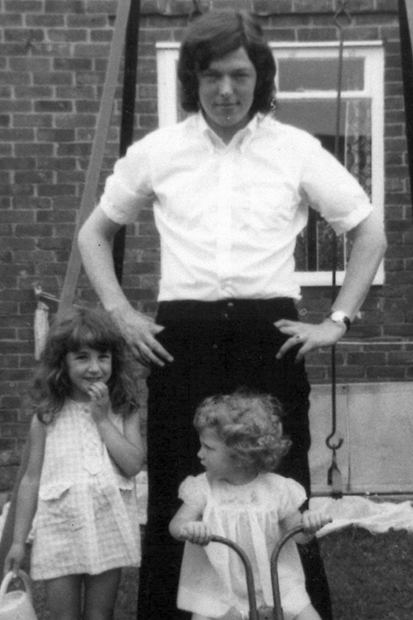

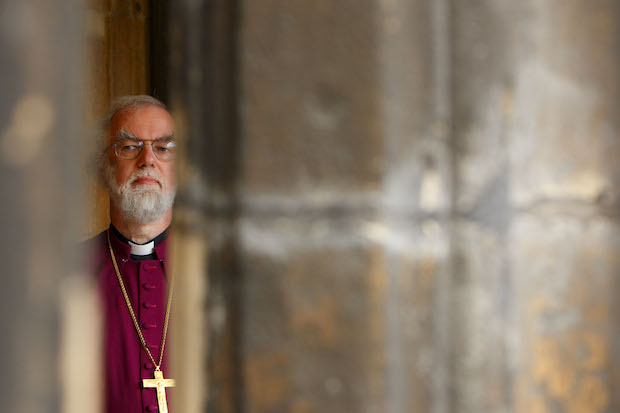






Comments
Don't miss out
Join the conversation with other Spectator Australia readers. Subscribe to leave a comment.
SUBSCRIBEAlready a subscriber? Log in